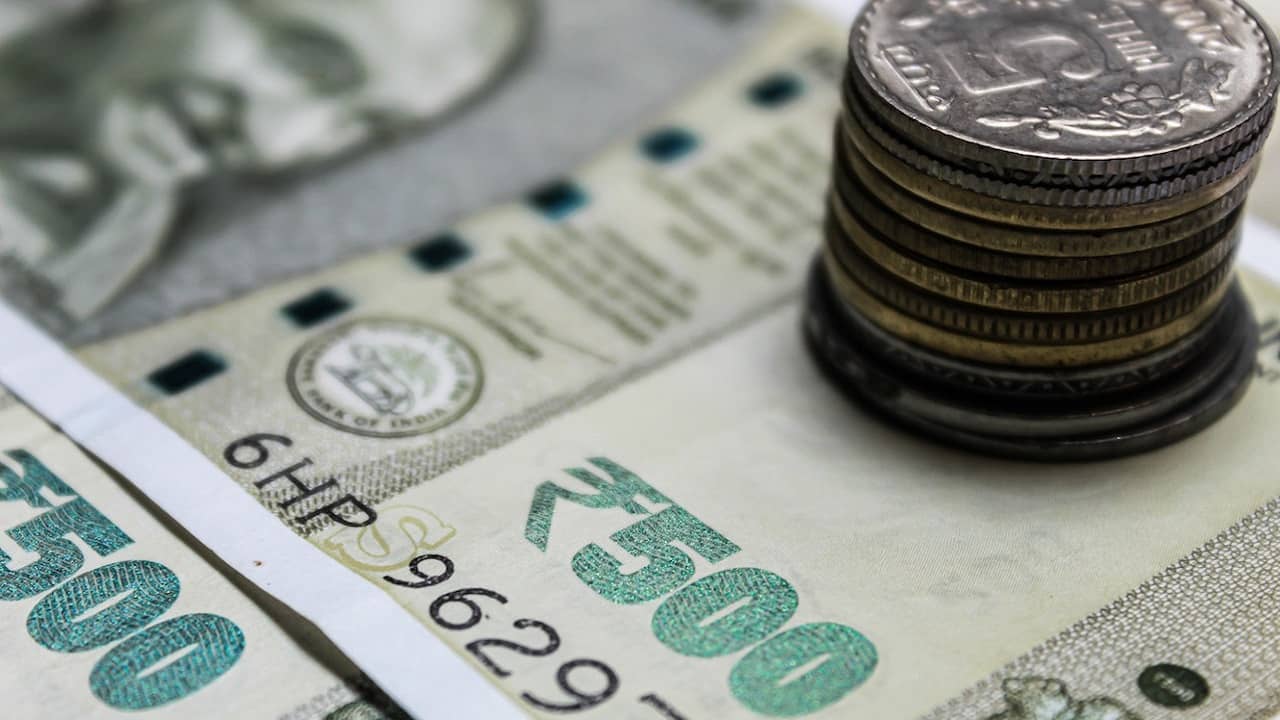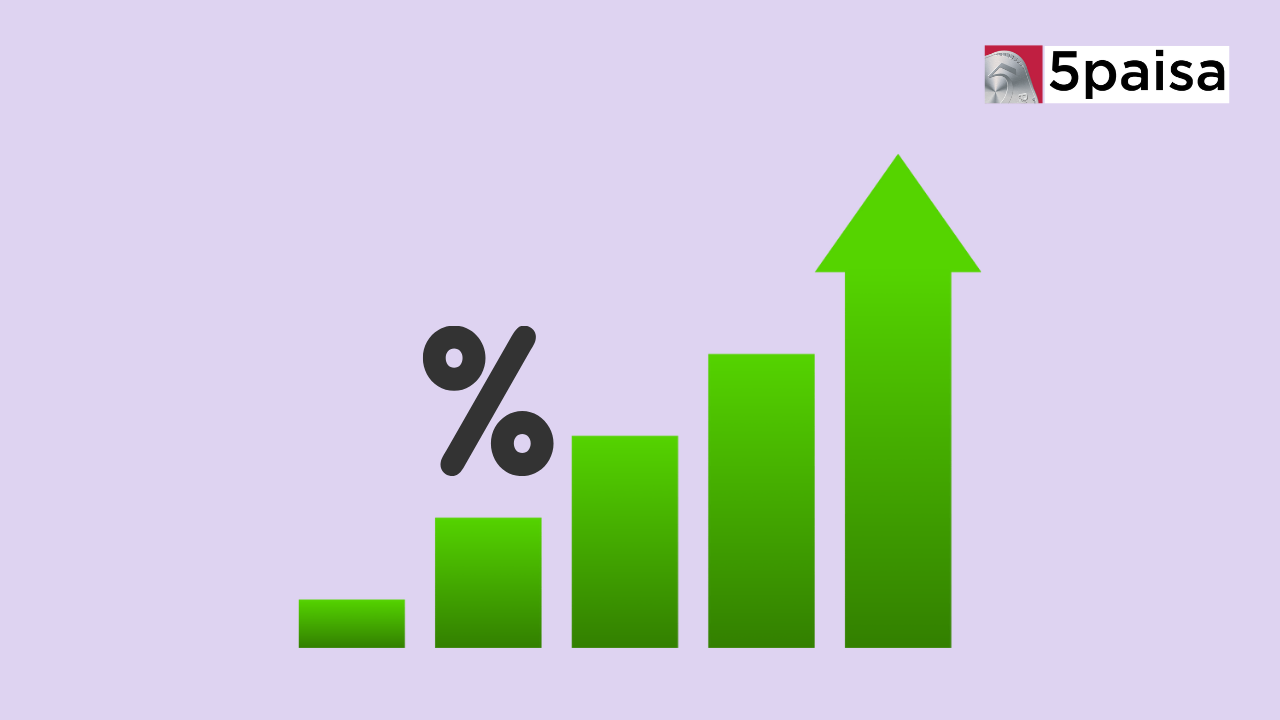Top New Year Stock Picks for 2025: Best Investment Opportunities
Will RBI’s planned digital currency kill Indian fintechs or give them a boost?

Last Updated: 12th October 2022 - 03:17 pm
India could soon have a digital currency of its own. And that could once again change the face of the country’s fintech landscape, which has evolved rapidly over the past decade.
The Reserve Bank of India (RBI) said last week that it was set to launch a pilot on the e-rupee, or its version of the central bank digital currency (CBDC). This currency, it said, will initially be aimed at specific use cases.
In a 51-page “concept note” on the e-rupee, the RBI outlined its vision of what it thinks the objectives behind launching a CBDC would be and the choices and benefits such a digital currency would offer over paper currency.
The RBI's statement in the concept note read: “The e-rupee will provide an additional option to the currently available forms of money. It is substantially not different from banknotes, but being digital, it is likely to be easier, faster and cheaper. It also has all the transactional benefits of other forms of digital money.”
The central bank said that there was a case for launching two versions of the new CBDC—a wholesale version for interbank transfers, whose use would be restricted to select financial institutions, and a retail version for use by common people as well as the private sector, non-financial consumers, and businesses.
The RBI said the retail CBDC can provide access to safe money for payment and settlement as it is a direct liability of the central bank. “Wholesale CBDC has the potential to transform settlement systems for financial transactions and make them more efficient and secure. Going by the potential offered by each of them, there may be merit in introducing both CBDC-W and CBDC-R,” it said.
Market observers say the CBDC is broadly defined as a digital legal tender issued by a central bank. The CBDCs are intended to supplement, rather than replace, current forms of money. Consequently, the e-rupee is intended to provide users with an additional payment channel.
As Shashank Bhardwaj of yMedia noted in a recent Forbes article: “Multiple technological options will be tested based on the different use cases. The final architecture will be decided based on the results.”
Put simply, the RBI will offer retail customers a payment app of its own and will also allow them to access the digital currency via banks. But unlike now, the liability for the money stored in that wallet will directly be on the RBI and not on the bank as is the case now.
Although the RBI hasn’t said so explicitly, it, like most other global central banks, wants to eventually end the use of paper money at some distant point in the future.
The UPI juggernaut
But all this innocuous talk about the CBDC notwithstanding, where would it leave peer-to-peer digital payments systems like Paytm, PhonePe, Google Pay and Whatsapp Pay? And what will become of the Unified Payments Interface (UPI) architecture that has become quite successful at home and is now also gaining traction globally?
Although fintechs like Paytm have been around for over a decade now, they gained almost overnight acceptance in November 2016 after the Narendra Modi government demonetised 86% of India’s currency in circulation.
Interestingly, this happened just months after the entry of Reliance Jio in the telecom sector set off a price war among service providers, making data in the country perhaps the cheapest in the world. Now that practically anyone could afford internet access, people began buying low-end smartphones and digital transactions took off.
And then came UPI, which made P2P money transfer a nearly seamless process.
While UPI was adopted by the likes of PhonePe, Google Pay and nearly all the scheduled commercial banks, Paytm, which required users to load money on to its wallet, was a little late to the party. The Alibaba-backed fintech had to finally give in, when it began losing market share to rivals. It quickly gained made up for lost time, but remains only the third-biggest player in the UPI segment behind PhonePe and Google Pay.
In fact, India has taken to UPI like fish to water. According to the latest data released by the National Payments Corporation of India (NPCI), the UPI platform recorded 6.8 billion transactions in September, amounting to Rs 11.17 trillion. It is up 3.05% and 4.06% in volume and value terms on a month-on-month (MoM) basis.
On a year-on-year (YoY) basis, volume of transactions was up 85.55% and value went up 70.61%.
For the third consecutive month, UPI transaction volumes breached the six-billion mark. UPI, as a fund transfer system, enables real-time movement of funds. It is both a funds transfer as well as a merchant payment system.
As a recent Business Standard report noted, the growth in UPI transactions mirrors the upward trajectory of the overall digital transactions in the economy. This is reflected in the RBI’s digital payment index, which has risen from 207.94 in March 2020 to 349.30 in March 2022. This index indicates the extent of digitisation of payments across the country.
And this is why the RBI now wants to test waters with its own CBDC. To be sure, India is not the first country to do so. China has been testing its digital currency for a while now, and reportedly hopes to introduce it universally by next year.
Some other countries like Nigeria, the Bahamas and the Eastern Caribbean Currency Union (it has seven countries—Antigua and Barbuda, Dominica, Grenada, Montserrat, St. Kitts and Nevis, Saint Lucia, and St. Vincent and the Grenadines) have all introduced CBDCs. Apart from these, Sweden, Jamaica and the US are all at various stages of introducing digital currencies of their own.
Fintech outlook
So, will a digital currency effectively kill payment systems like Paytm?
While that may be an overstatement, a CBDC will certainly have a significant bearing on these fintechs, who will have to devise new use cases to keep themselves in business.
While some like Paytm have already sought to move into lending, others like PhonePe could transform themselves into marketplaces, especially with the advent of the Open Network for Digital Commerce (ONDC), which is currently being rolled out and is onboarding fintech companies and banks on its buyer side, as an interface with the customer.
Paytm Mall, the fintech’s failed marketplace platform too has joined the new government-led initiative, perhaps in a bid to make itself relevant again and compete with the likes of Amazon and PhonePe parent Flipkart.
And where will all of this leave the traditional banking industry? That is unclear and an open question, for now.
The RBI will not offer any interest on the new digital currency that will be stored in people’s wallets, for if it were to do so, there would be a run on the banks and people will transfer all their money into their wallets, potentially crippling the entire industry.
Having said that, the central bank itself stepping into a direct relationship with retail customers could significantly alter India’s banking landscape in several ways.
In 2016, in the wake of demonetisation, Prime Minister Narendra Modi and the then finance minister, the late Arun Jaitley, had said that the government was looking to make India a cashless or at least a “less cash” society.
Demonetisation spectacularly failed to achieve that objective. Will the RBI succeed where the government could not?
- Flat ₹20 Brokerage
- Next-gen Trading
- Advance Charting
- Actionable Ideas
Trending on 5paisa
Indian Stock Market Related Articles
Disclaimer: Investment in securities market are subject to market risks, read all the related documents carefully before investing. For detailed disclaimer please Click here.
 Sachin Gupta
Sachin Gupta
 5paisa Research Team
5paisa Research Team




